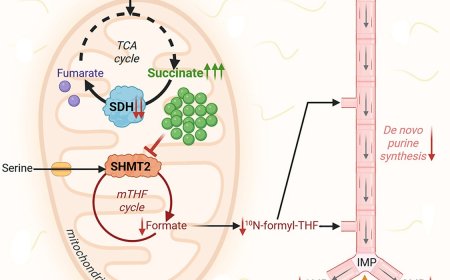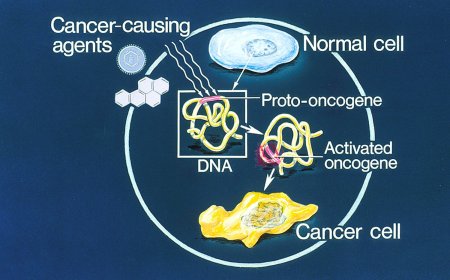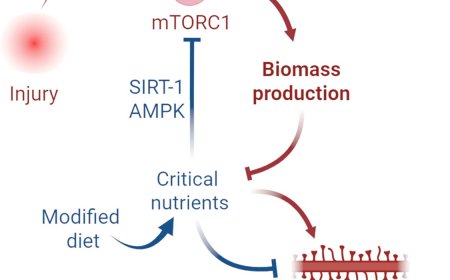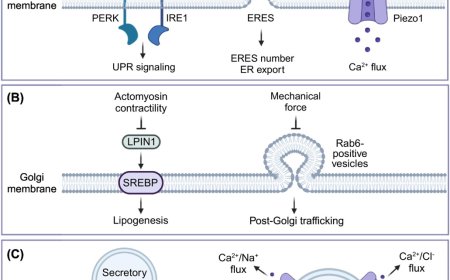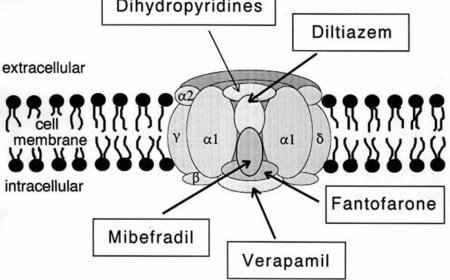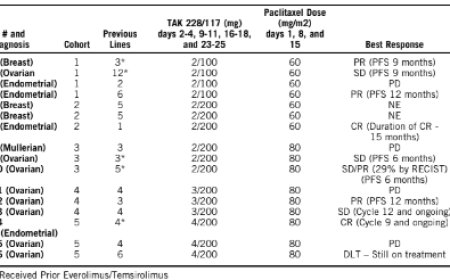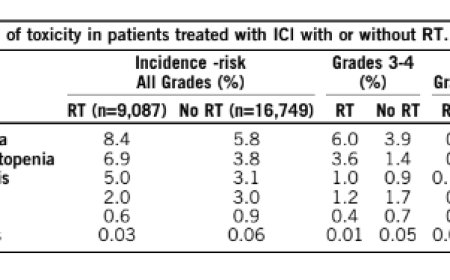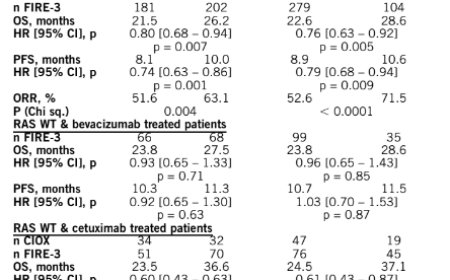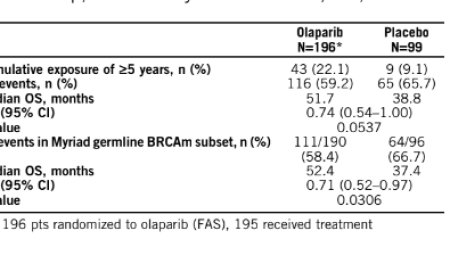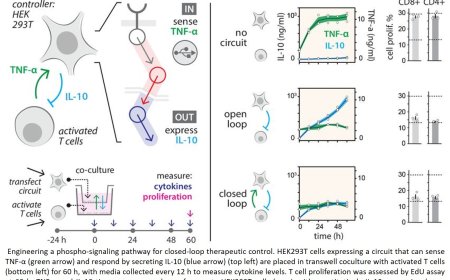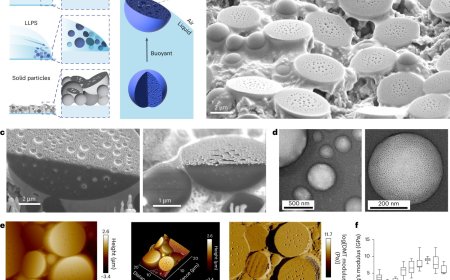White blood cells use brute force to dislodge bacteria

A vivid new image is taking shape in the world of cell biology: Imagine bacteria adhering to the surface of a cell, perhaps at the site of an injury or wound. In response, a white blood cell arrives at the scene. This cell encircles the pathogen with its membrane, forming a tight, constricting ring. With remarkable force, the white blood cell yanks the pathogen off the wound’s surface. The white blood cell then engulfs the pathogen in a process called phagocytosis, in which it “eats” the foreign invader to neutralize it.
This dramatic process might sound like something out of a science fiction story.
“But it’s precisely what occurs inside our bodies,” said the senior author.
One key player in this process is integrin, a protein found on the surface of cells that facilitates adhesion, helping them stick to other surfaces. In this scenario, integrin is what the white blood cell actively works against when it pulls the pathogen away from the wound.
The study was published in Nature Communications and highlights the newly discovered mechanism by which white blood cells use brute force to dislodge bacteria that stick to human tissues. Once detached, the white blood cells engulf and consume the pathogens.
The work has far-reaching implications. For example, consider the impact of environmental pollutants such as dust or smoke when they enter the lungs. These particles can adhere to lung tissue, and macrophages — the white blood cells responsible for cleaning up such intruders — are tasked with removing them. Macrophages dislodge the pollutants from the lung tissue and then ingest them, preventing harm to the respiratory system.
Looking ahead, the author is hopeful that his research will contribute to the development of pharmaceuticals designed to enhance the ability of white blood cells to effectively target and neutralize pathogens.
https://www.nature.com/articles/s41467-025-56404-w
https://sciencemission.com/phagocytosis-of-surface-bound-particles
